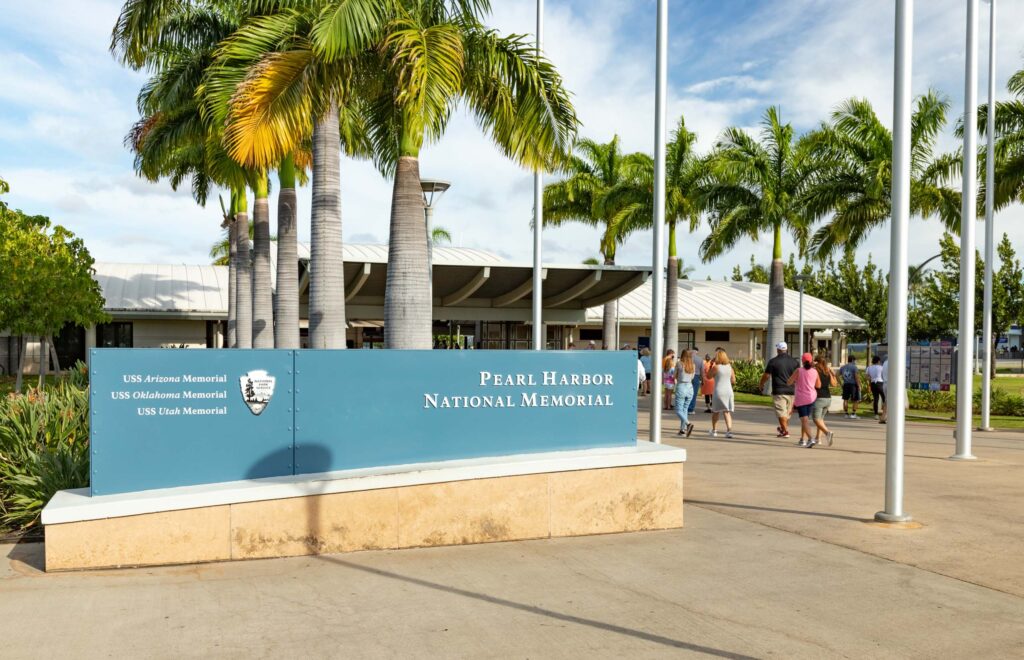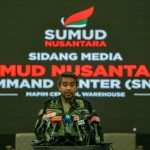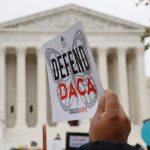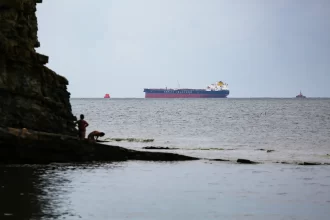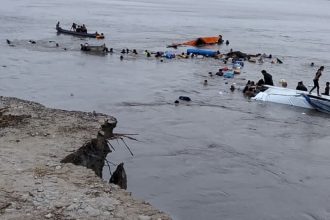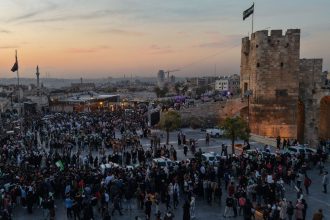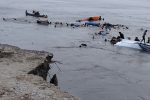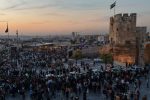In a moment that reflects the growing dysfunction in American politics, the first day of the federal government shutdown has delivered an unsettling blow — not just to lawmakers, but to everyday Americans and the landmarks that define the nation’s spirit.
From the Liberty Bell in Pennsylvania to Pearl Harbor in Hawaii, some of the most iconic tourist attractions in the country stood silent, their gates locked, their paths empty. What should have been a day of exploration and learning for families and visitors turned into one of disappointment, frustration, and confusion.
Ordinary People, Extraordinary Loss
“It’s frustrating that they’re playing politics in D.C.,” said Jim Feather from Elizabethtown, Pennsylvania, who had planned a long-awaited visit to Acadia National Park with his wife. “Their job is to pass a budget. And if they’re not doing their job, what are they doing down there?”
Jim’s sentiment echoes across the country — from veterans visiting national memorials to school groups hoping to connect history with experience. The shutdown is no longer a headline confined to Washington; it’s now a reality impacting real people with real plans, jobs, and families.
Rhetoric Over Resolution
While Americans stare at closed gates, politicians are waging a war of words. The Trump administration blames Democrats, accusing them of putting undocumented immigrants ahead of citizens by pushing to fund healthcare protections. Democrats reject the claim, insisting they are defending the Affordable Care Act and the working families who rely on it.
Vice President JD Vance inflamed the debate with a meme aimed at House Democratic leader Hakeem Jeffries — a move Jeffries swiftly responded to with another meme, making a mockery of an already fragile situation.
Amid the chaos, Senate Majority Leader Chuck Schumer accused Trump of “using the American people as pawns” and refusing to engage in real negotiations. The result? Stalemate. And the nation waits.
An Economy on the Edge
Beyond tourism, the ripple effects are quickly reaching workers and industries. An estimated 750,000 federal employees are now furloughed, and some may not return to their roles. From environmental inspections to education support, critical services are in limbo.
Private industry isn’t immune either. According to a recent ADP report, the private sector lost 32,000 jobs last month — a troubling sign that the shutdown is already dragging down broader economic stability.
The White House has begun freezing nearly $26 billion in infrastructure and green energy funding, primarily in Democratic states. These aren’t just numbers; they’re projects that represent progress, sustainability, and thousands of future jobs.
History Repeating, But Heavier
Though the 2018–2019 shutdown was disruptive, partial funding at that time kept essential services moving. Today’s scenario is far more extensive. Public opinion remains split, but one truth stands: Americans are caught in the middle of a game where the stakes are higher, and the consequences, deeper.
As the halls of history echo with silence and the future of millions hangs in uncertainty, it’s no longer about parties — it’s about people.
We must ask ourselves: How long will political pride outweigh public purpose? And at what cost?
